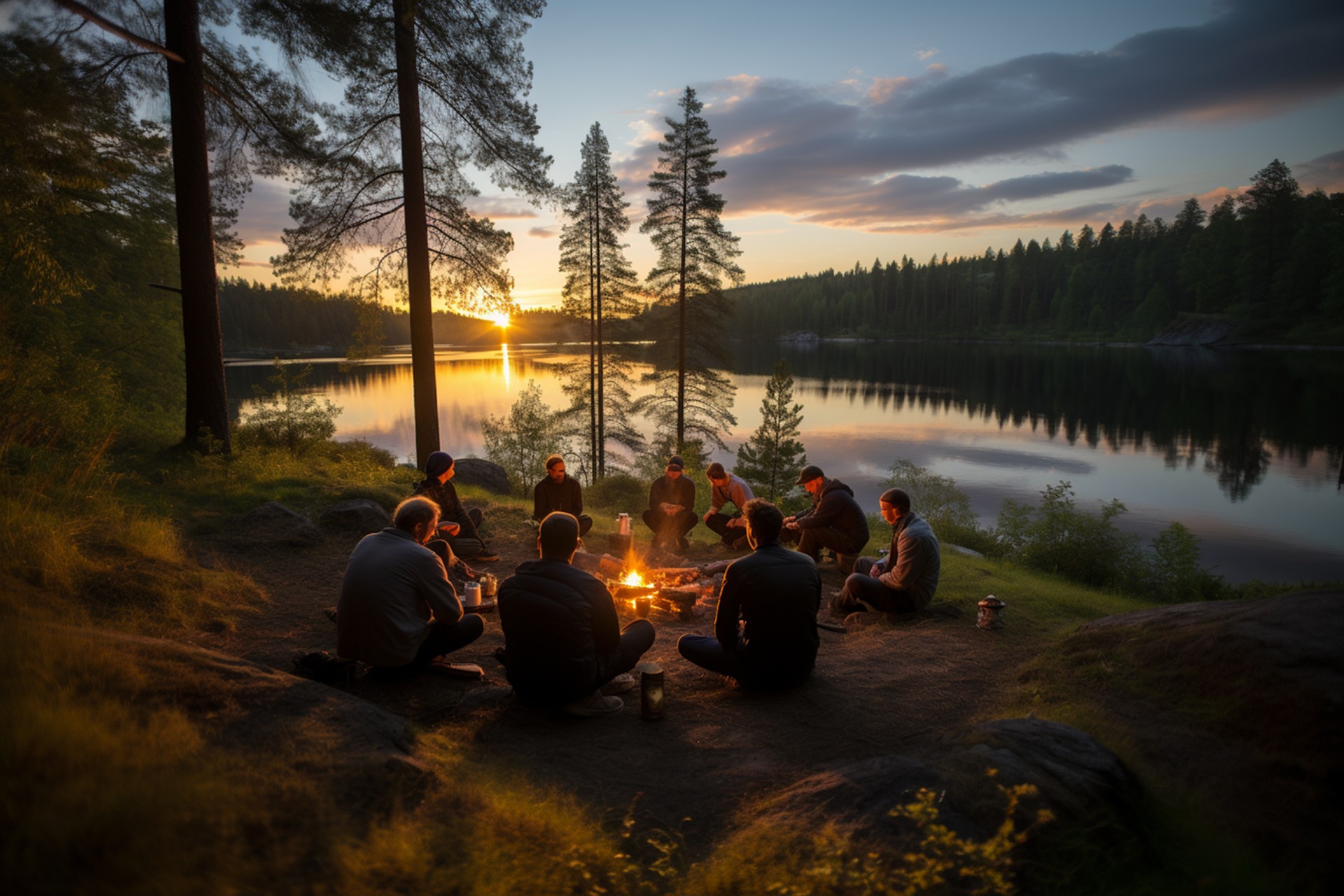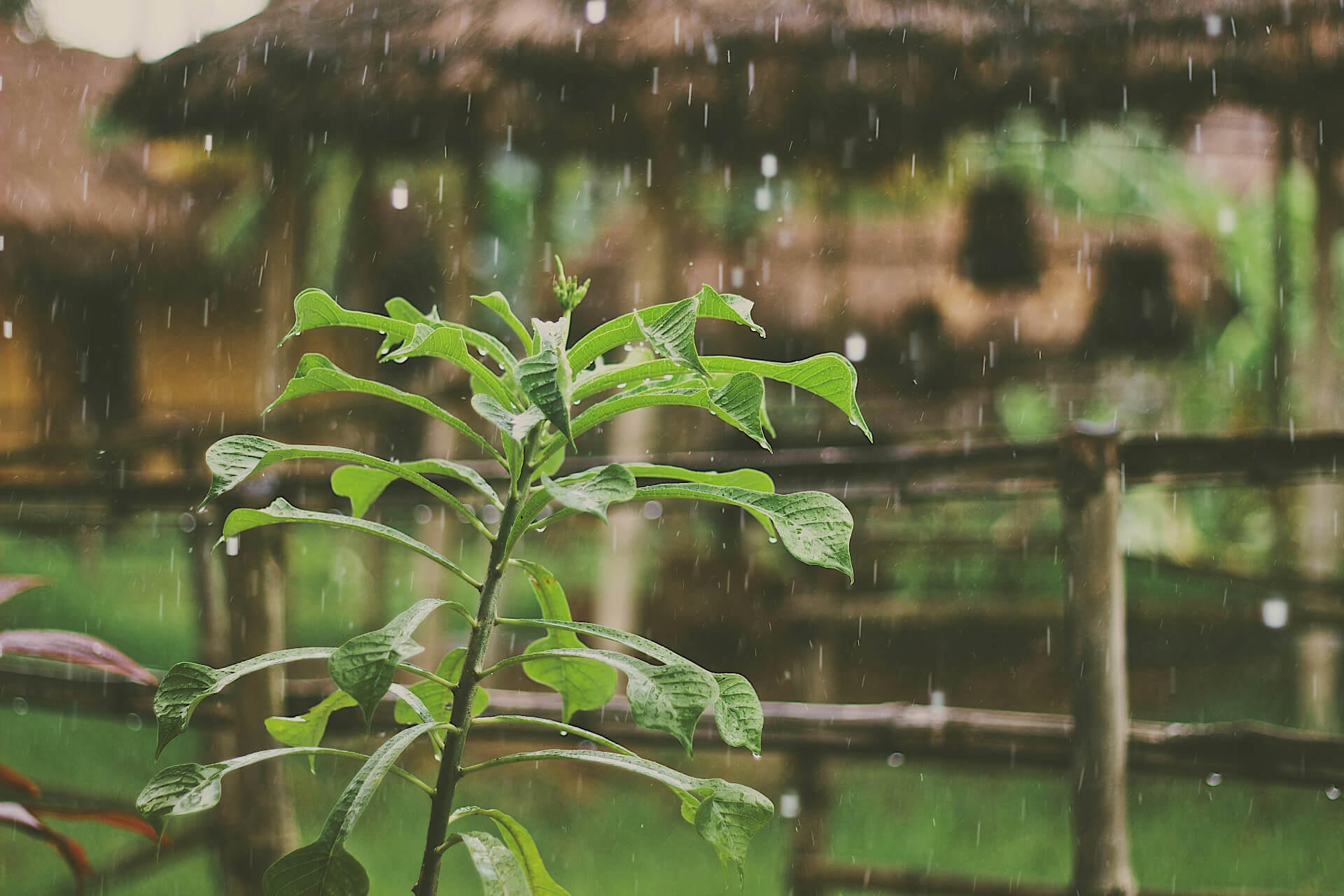
How Forests Help Foster Health
June 12, 2018 - Emily Newton
Revolutionized is reader-supported. When you buy through links on our site, we may earn an affiliate commision. Learn more here.
It was one of those days where everything she touched turned to rust. Traffic on the parkway made her late for an early morning meeting. The elevator inexplicably stopped between floors on her way up, and her coffee spilled on her new beige skirt. It wasn’t even 10 o’clock in the morning, and she already had one of her late afternoon migraines. As she paused to catch her breath at the reception desk, she heard someone ask, “One of those days where you can’t see the forest for the trees, huh?”
Forest Bathing Promotes Kaizen & Zen
The Japanese have long been known for their high work ethics and attention to detail. In 1986, Masaaki Imai published a book on Japan’s not-so-secret competitive edge, which detailed their process of continuous improvement. While the Kaizen business model has given many companies around the world a great deal of success, the Japanese way of life has given much more than just financial success to millions of people.
Japan is an island of just 152,411 square miles. Within its borders, it packs a population of 127,288,419 people. That is a cozy 339 people per square mile compared to 84 people per square mile in the United States. You’d better hope they like their neighbors! Yet the Japanese have also set the example for peaceful living. In fact, they made it an art.
Learning how to relax when you are constantly bumping shoulders with your neighbors is something even New Yorkers would appreciate. So how does a small country with high work expectations and ethics, maintain a happy and low-stress population? They bathe – but I’m not talking about showering for the sake of hygiene.
In a country where people are literally living right on top of each other, the Japanese have always greatly appreciated spending time outside. They realized that spending time in nature, simply sitting among the trees doing nothing, or “forest bathing“ reduced blood pressure, decreased the production of hormones associated with stress, and improved immune systems. So significant were the benefits of forest bathing, that it quickly became a prescribed therapy.
If A Tree Falls
Would anyone miss it? The simple answer to that would be maybe. If it was in the middle of the forest, no one might notice. If it were in the middle of Central Park, someone would eventually notice. As the populations in cities increase, so does air pollution from transportation, various industries, and the process millions of people breathing, sweating, moving, and simply living. Increased populations also contributes to deforestation as materials are required for more homes. What difference can one tree make?
A study done by the U.S. Forest Service calculated that in the United States alone, trees save more than 850 lives a year, prevent acute respiratory symptoms 670,000 times, and improve the average air quality enough to put the health value at almost $7 billion each year. Of course, the higher the population numbers in cities, the more value trees can provide in those areas. But trees provide more than just improved air quality. New research has shown a possible link between urban forests and improved mental and physical health.

“Greenspace,” that is grass, trees, and flower gardens, in neighborhoods increases, relationships between neighbors, gives families a sense of safety, and in public parks, it encourages more adult supervision of children. Playing outside has also shown to reduce Attention Deficit Disorder symptoms, and helps children to develop. In cities with parks and other outdoor spaces for recreation and relaxation, there are higher rates of life satisfaction, reduced stress, and reduced negative emotions such as anxiety, depression, and anger.
Seeing The Forest In The Trees
Let’s start the day over again, and see what difference just a few moments among the trees can mean.
She woke early to watch the sunrise over the neighborhood park. Sitting on a bench under a tree she had planted in the front yard; she sipped her coffee as the other early risers, birds, began to sing and rustle about in the leaves. She heard a door open and glanced at the house next door. With a quiet wave and smile to her neighbor so that she wouldn’t startle the birds, she invited her over to sit. The two women watched the sunrise and talked quietly about what they would be bringing to the upcoming block party.
An accident on the Parkway had backed up traffic. As she sat waiting for it to clear, she absentmindedly ran her finger along a small hand-held labyrinth she kept in the car for just such occasions. The elevator wasn’t working when she got to work, so she took the stairs and earned more steps on her Fitbit. As she passed the reception desk, someone called out “Good Morning!” and she smiled as she replied that it was indeed a good morning.
The art of living isn’t just getting through each day; sometimes it is not letting the day get to you. Spending time in nature has a calming effect on the mind and body. Being at peace among the trees can reduce stress levels significantly. Don’t believe me? Spend a month making a conscious effort to spend more time enjoying the trees, and then decide for yourself.
Revolutionized is reader-supported. When you buy through links on our site, we may earn an affiliate commision. Learn more here.
Author
Emily Newton
Emily Newton is a technology and industrial journalist and the Editor in Chief of Revolutionized. She manages the sites publishing schedule, SEO optimization and content strategy. Emily enjoys writing and researching articles about how technology is changing every industry. When she isn't working, Emily enjoys playing video games or curling up with a good book.




